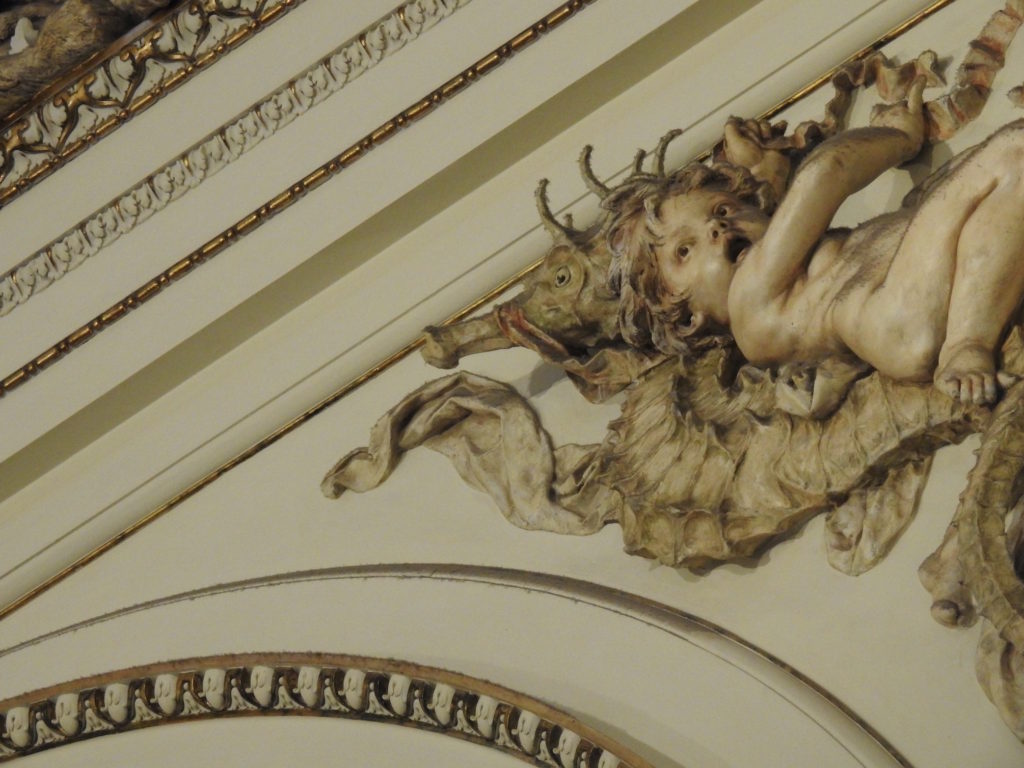
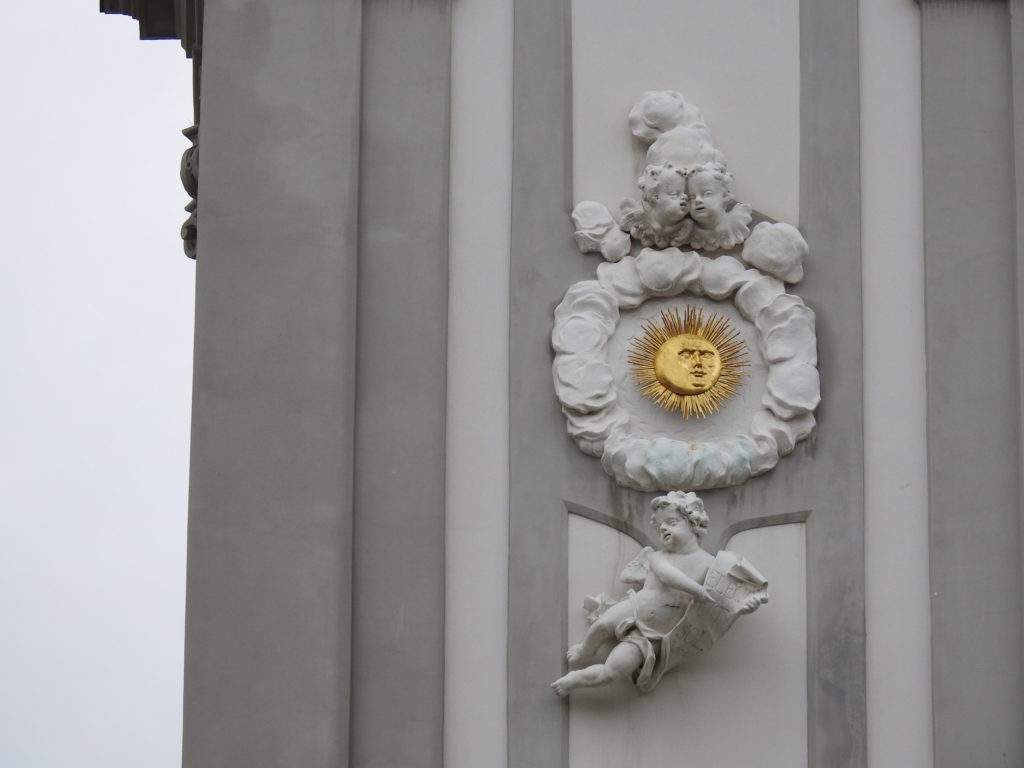
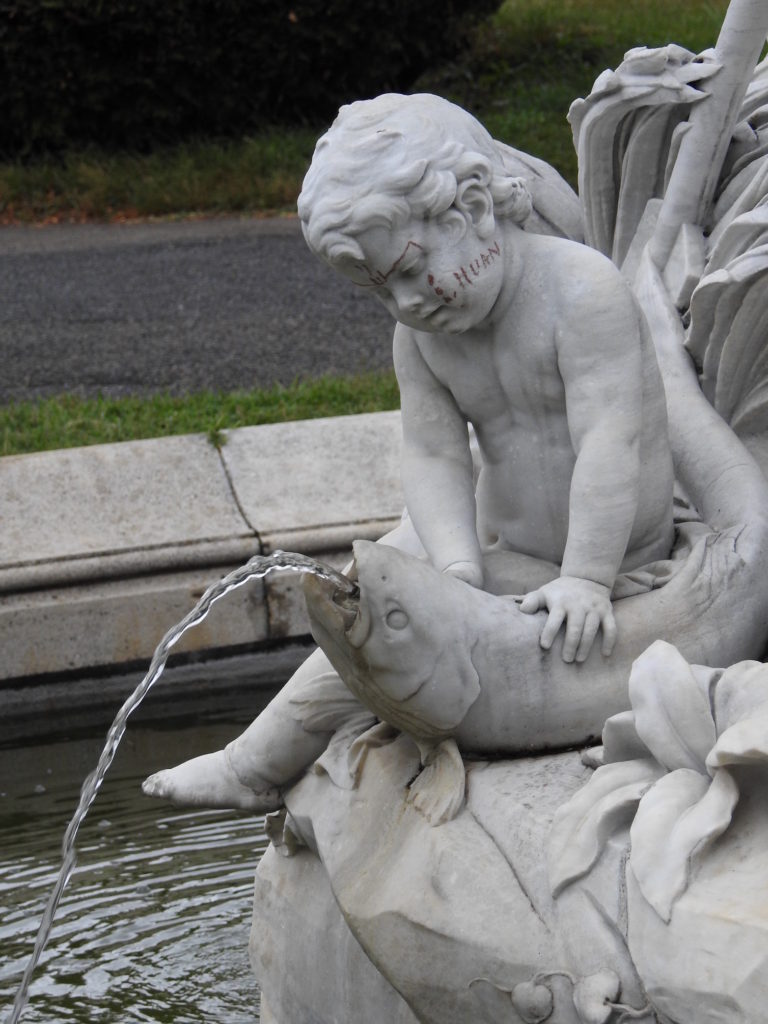
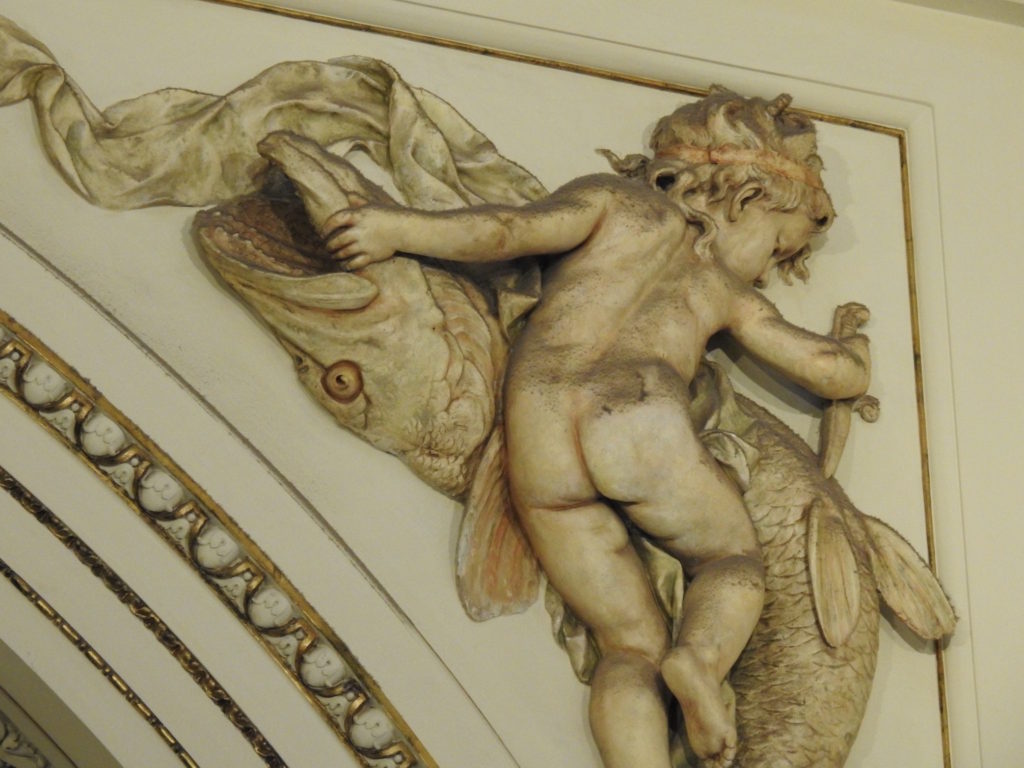
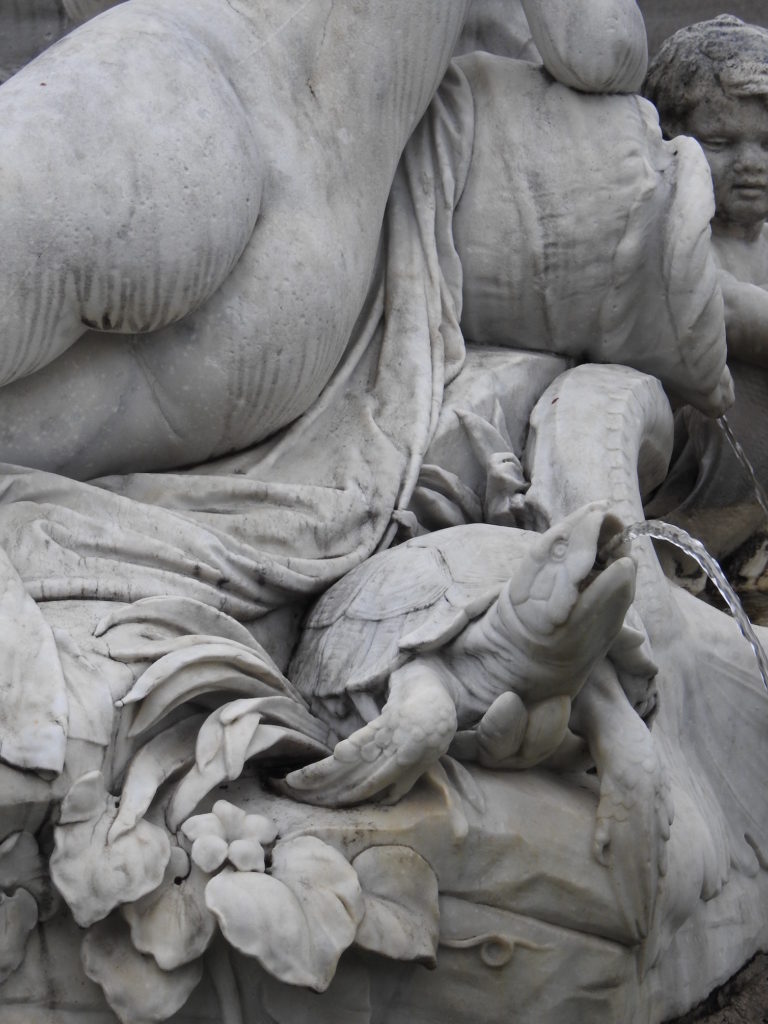



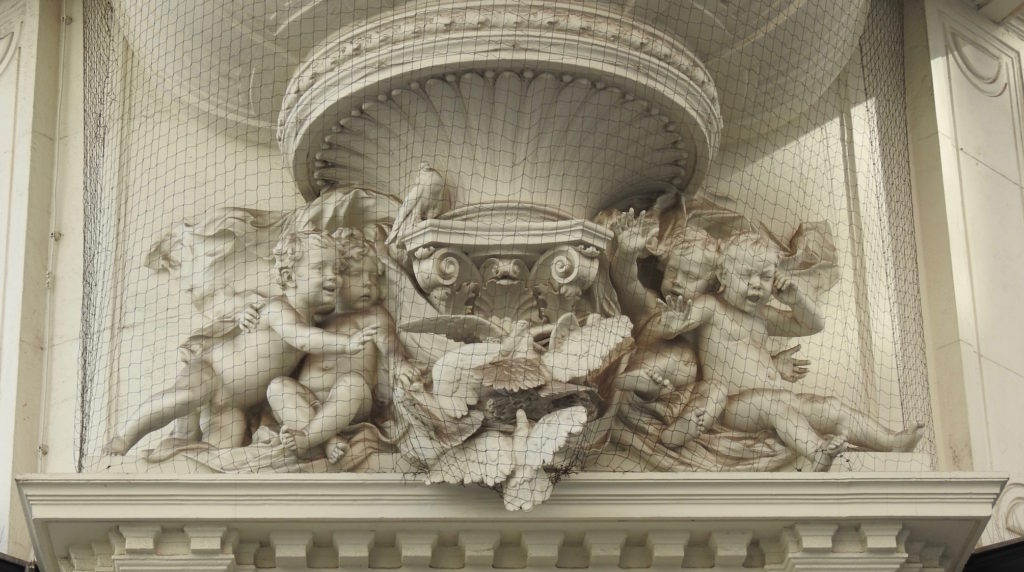

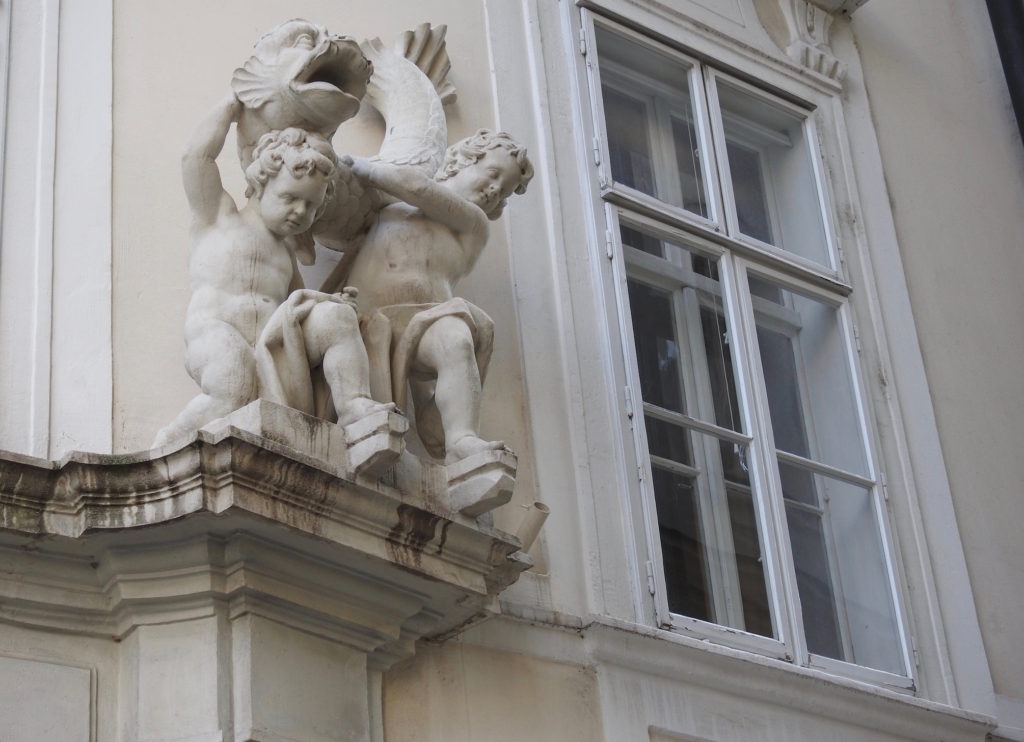
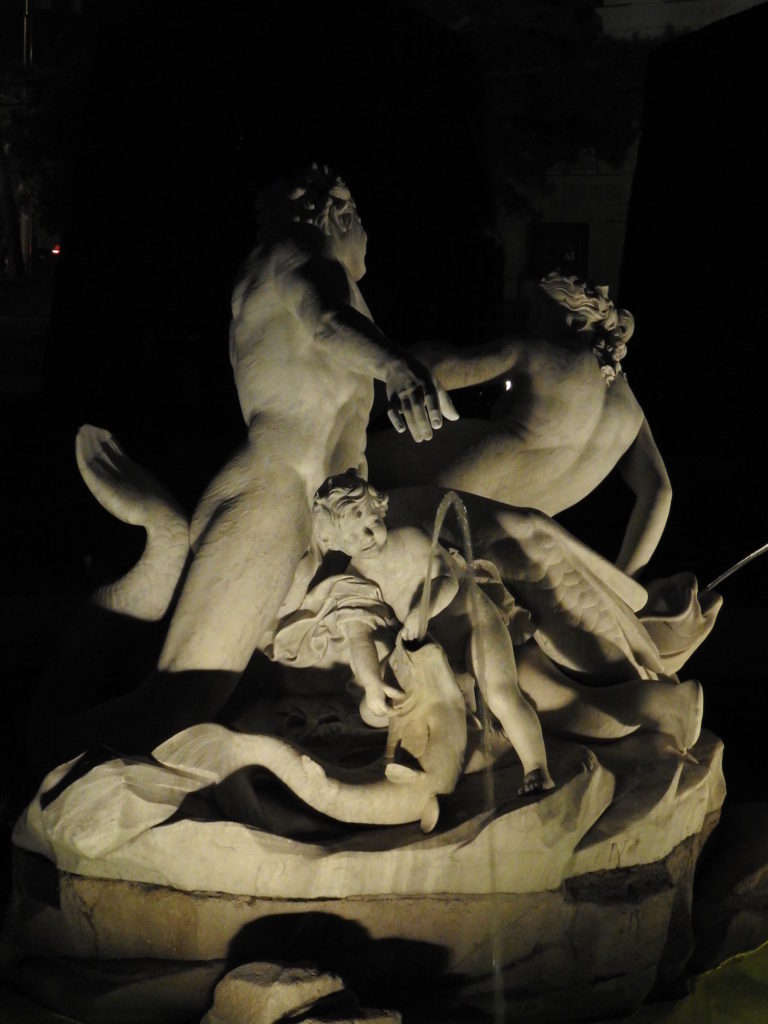



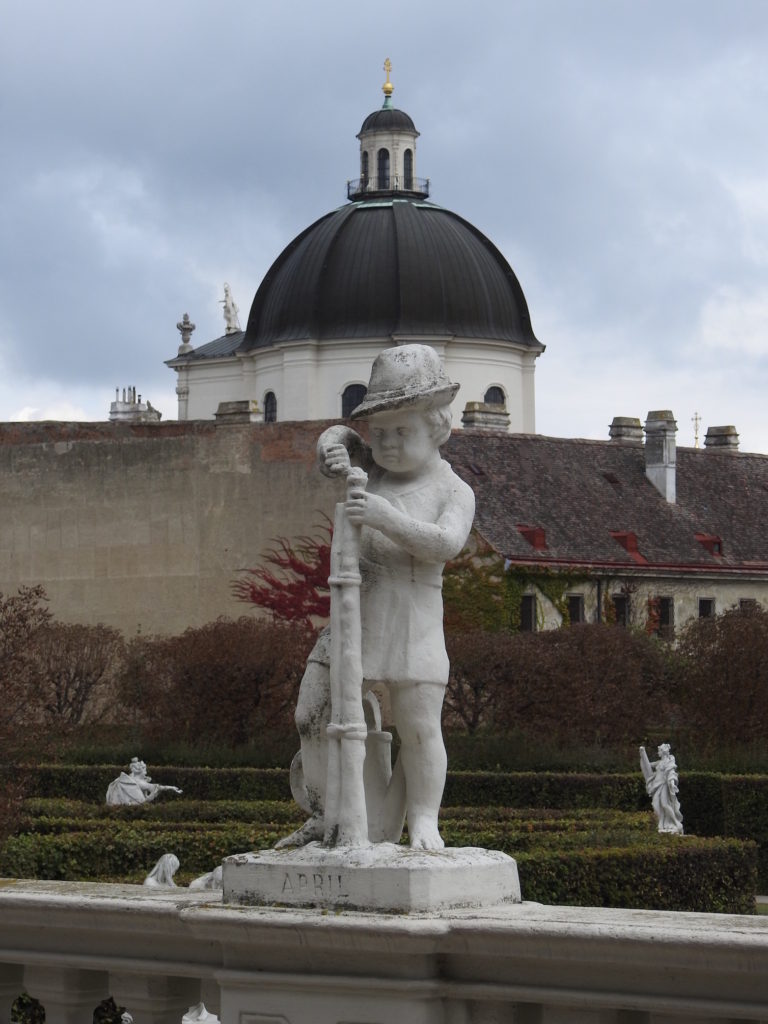

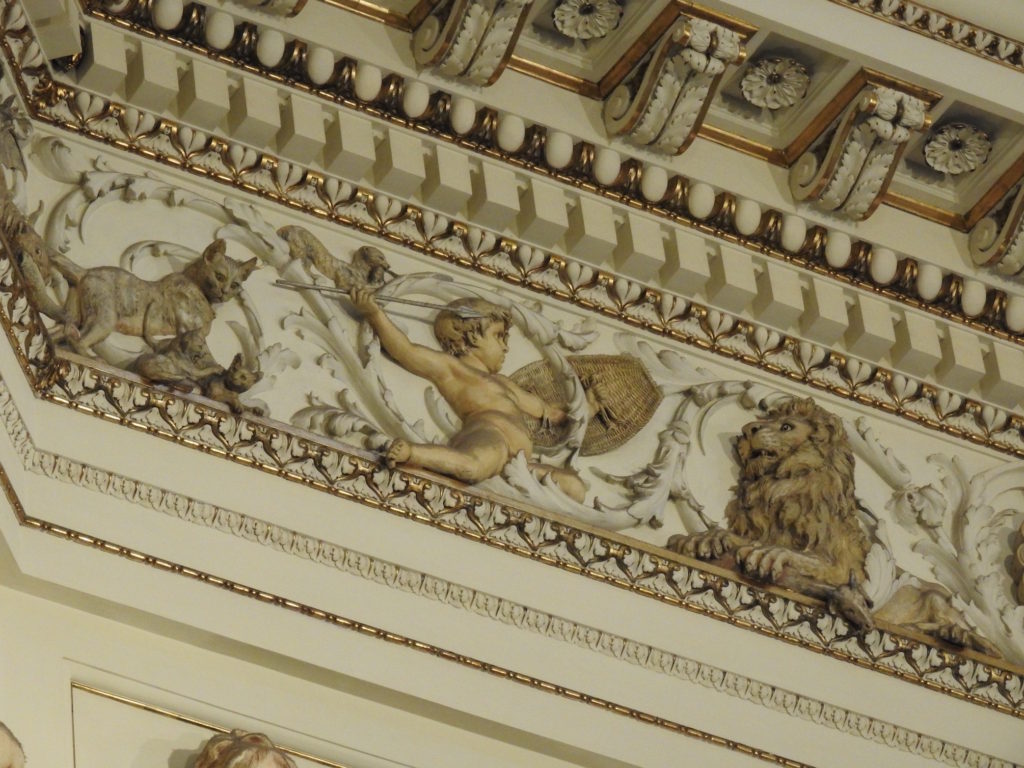

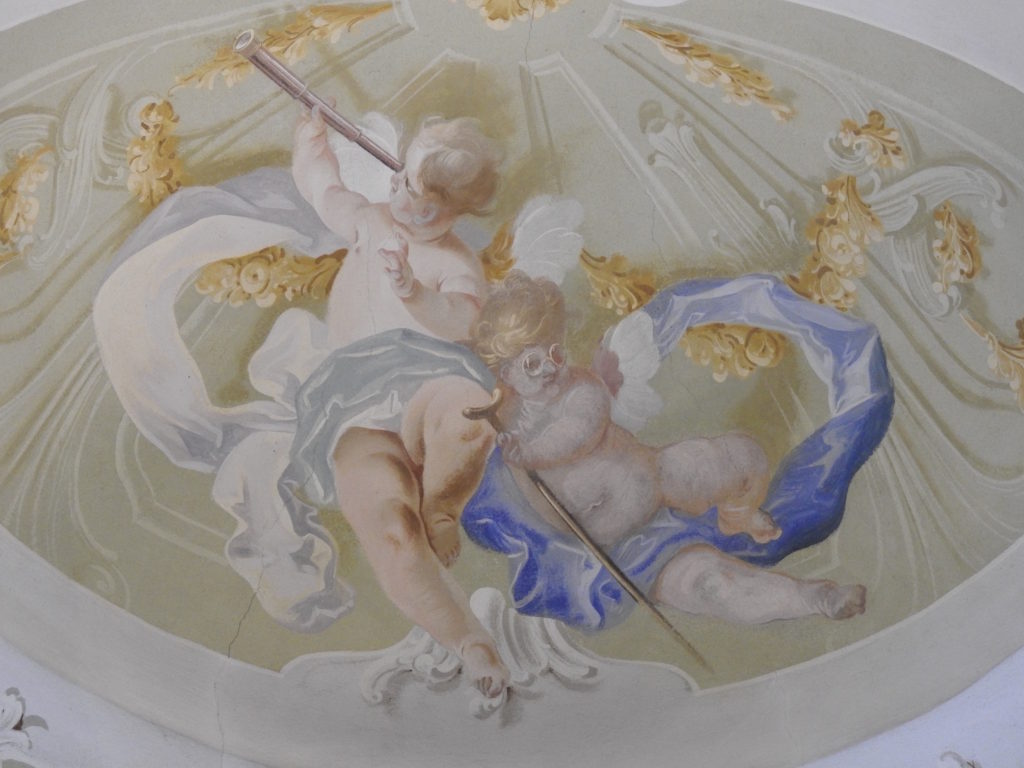
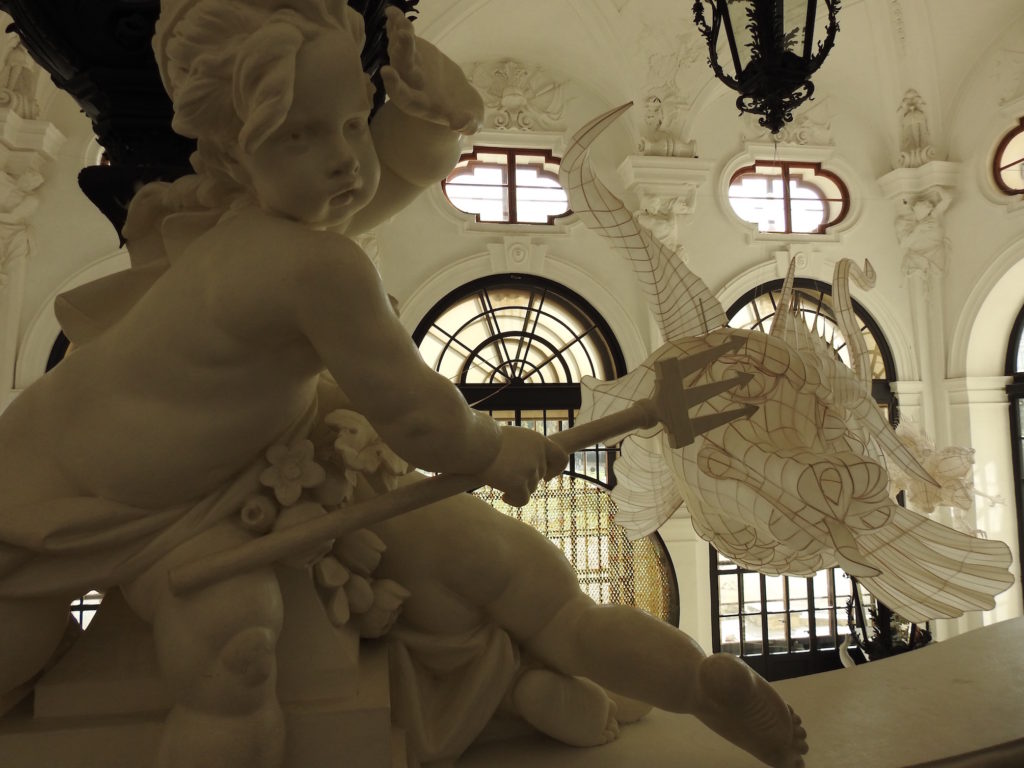


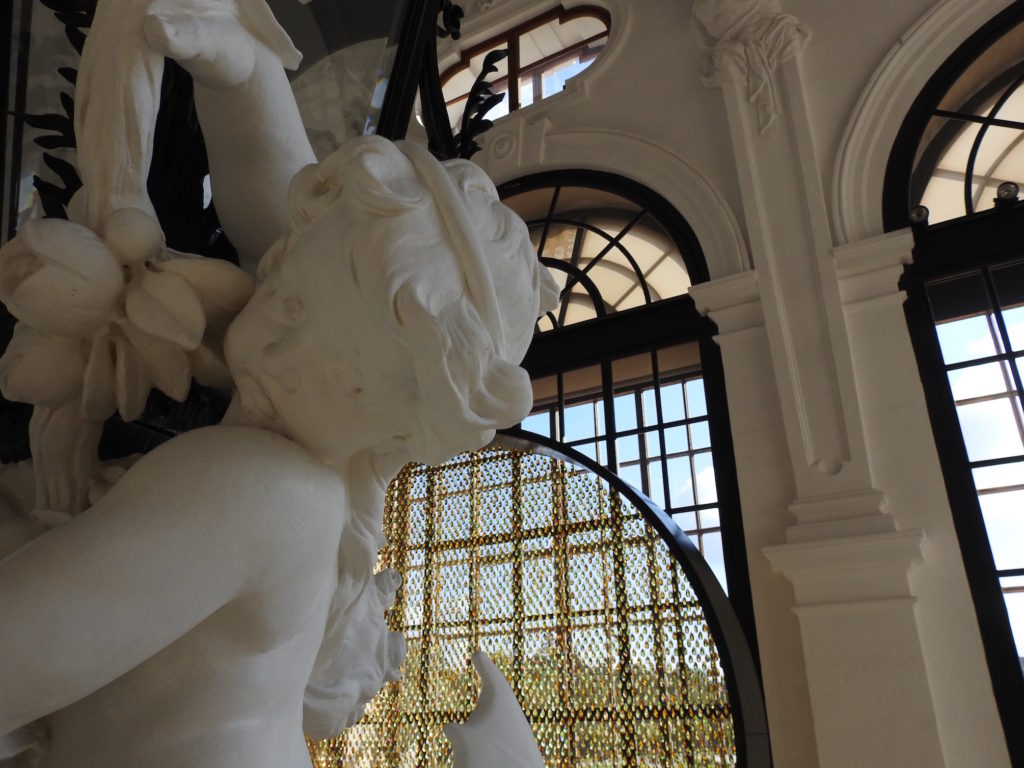
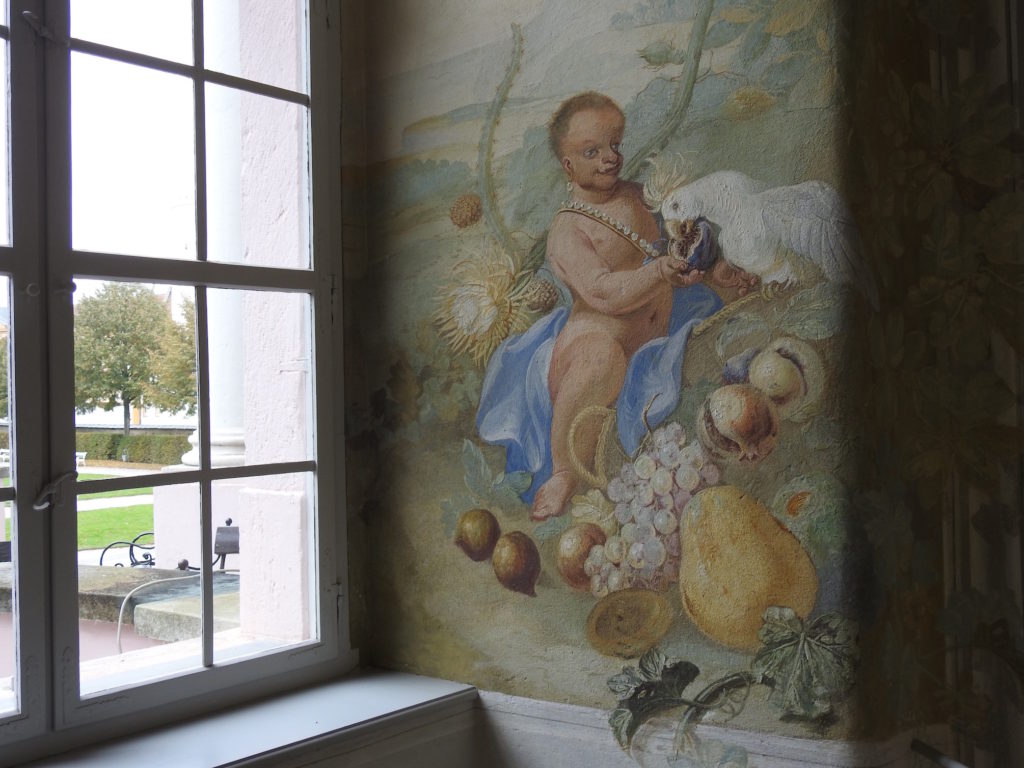
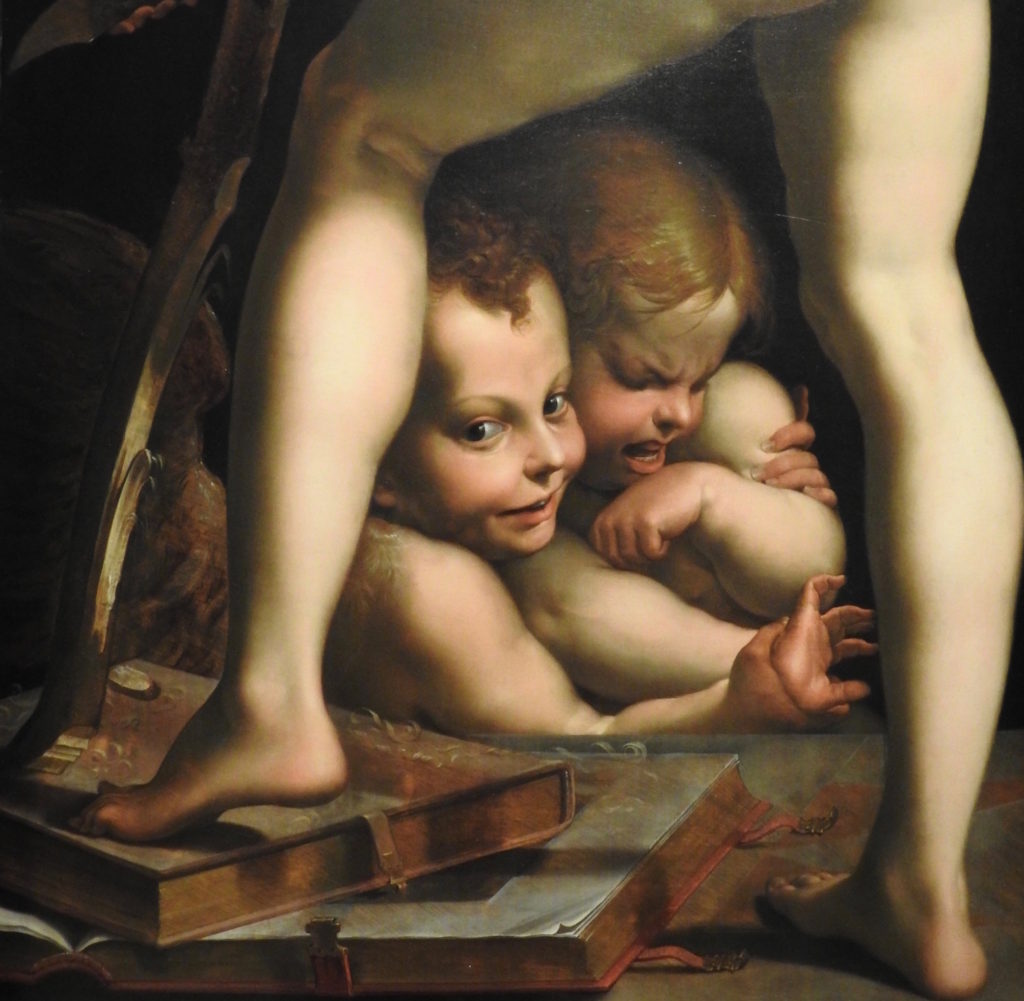


All photos by Renée DeVoe Mertz, October 2016.
vegetarian in a leather jacket
art, travel, culture




























All photos by Renée DeVoe Mertz, October 2016.
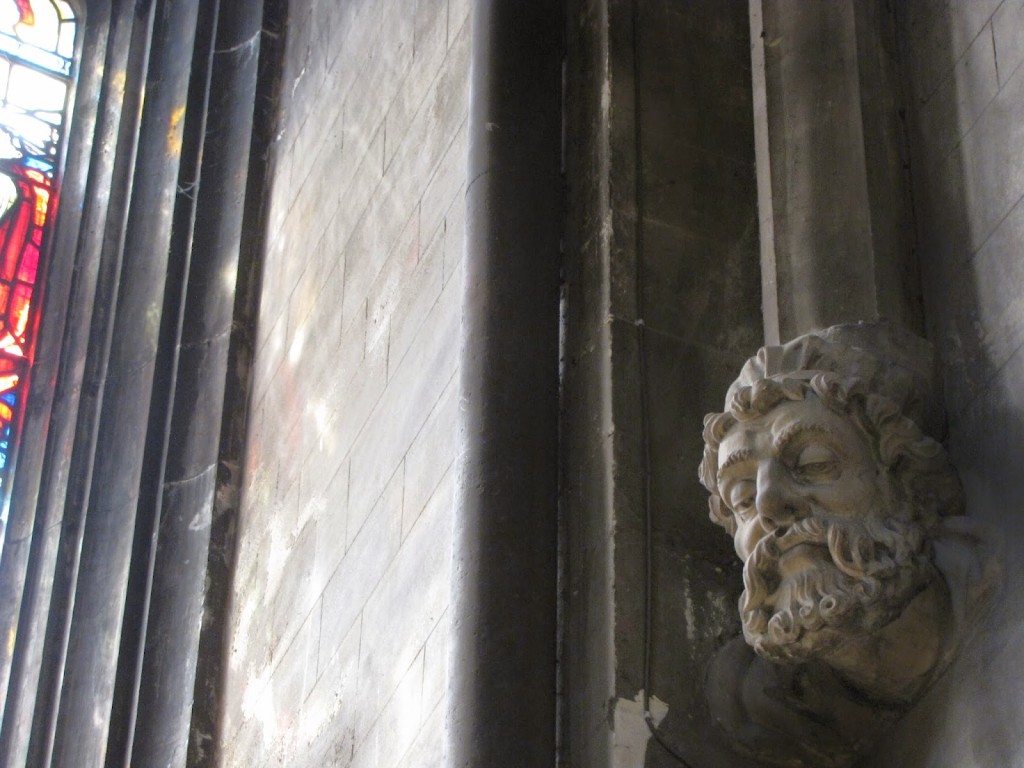
Now the largest church in Ireland, Saint Patrick’s Cathedral began as a small wooden chapel beside the well where, according to tradition, its namesake baptized early converts to Christianity in the 5th century. The first stone structure on the site was erected in the late 12th century, and much of the current church dates to work done between 1220 and 1270. The building has undergone several waves of reconstruction and restoration since then, but the most extensive modern-era renovations occurred in the 1860s with funding provided by Sir Benjamin Guinness (1798–1868) of the Guinness brewing dynasty. Neo-Gothic flying buttresses on the exterior date from this time. Today, the church is the National Cathedral of the Church of Ireland.
Several impressive tomb monuments commemorate notable Dubliners, including Jonathan Swift, buried within the cathedral. Of particular note is the 17th century Boyle family tomb, which possesses an enormous, elaborate, and colorful facade that dominates the west end of the church.
In addition to the funereal monuments, the church’s interior is punctuated throughout by more purely decorative stonework. Compared to the carvings of the nearby Christ Church, Saint Patrick’s sculptural details feel heavier and less fully integrated into an overall decorative design. But what the cathedral’s scheme lacks in unity it makes up for in personality. The animal and (mostly male) human heads adorning the interior tend to be roughly life-size, deeply carved, and highly individualized, often with surprisingly expressive facial hair. Comic realism is juxtaposed with archaic abstraction, and the overall effect is one of a community of individuals in which each member demands its own scrutiny and appreciation.
All photos by Renée DeVoe Mertz, May 30, 2013.